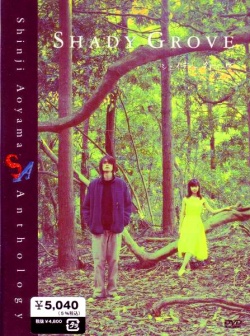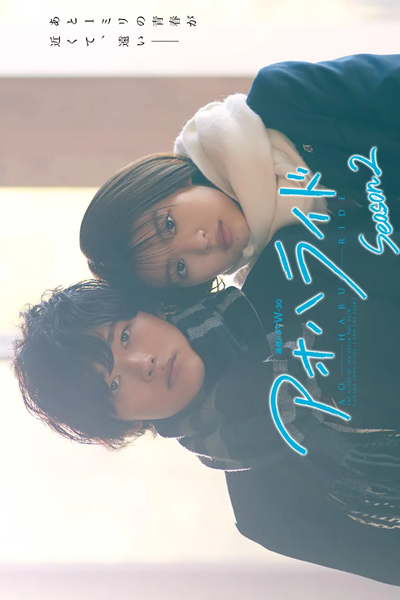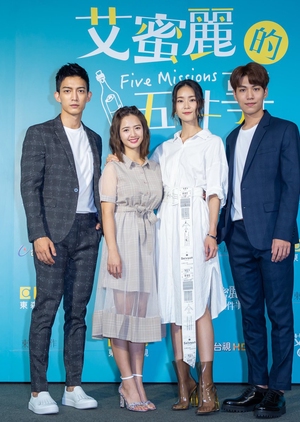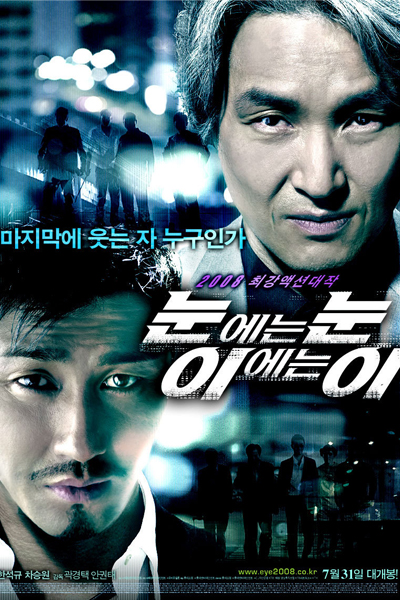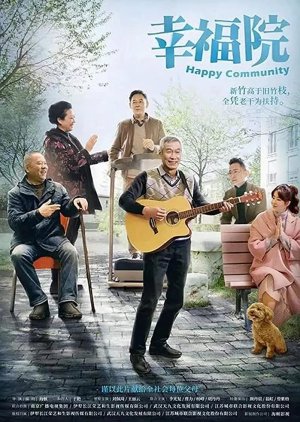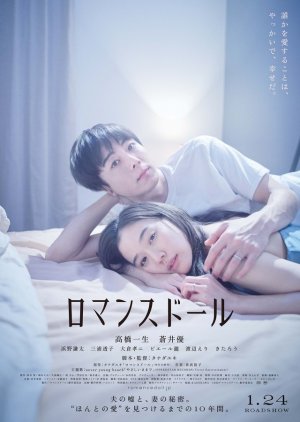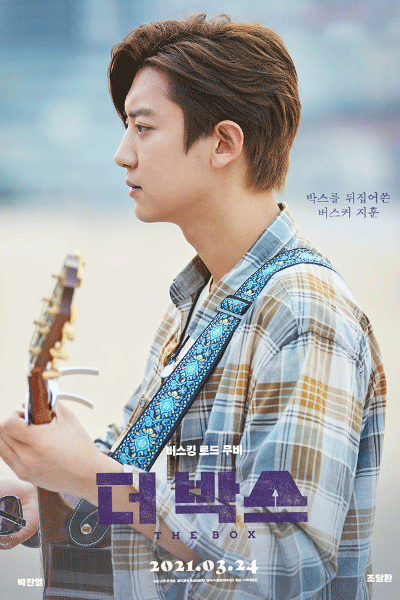watchonline
Shady Grove
Comment by Aaron Gerow The Daily Yomiuri, 8 July 1999
It is commonplace to mourn the inability of contemporary youth to communicate. Lost in their virtual realities of video games and cellular phones, they seem unable to handle people of flesh and blood--other than perhaps through random violence. It is as if they cannot establish contact because they don't even acknowledge the existence of their conversation partner.
Aoyama Shinji has always maintained an ambiguous stance toward this image. The teenage hero of Helpless (1996), like so many Aoyama heroes, seemed to confirm this media stereotype by resorting to violence as a means of contact. Yet he, too, develops a moral code based precisely on protecting others. The young man in An Obsession ("Tsumetai chi," 1997) also goes on a killing spree, which culminates in the death of his lover and himself, but that couple's demise through mutual consent represents--at least to each of them--the only confirmation of the love and existence of the other.
Always maintaining a distance from these characters, Aoyama appears to simultaneously confirm, doubt and offer a solution to problems often stereotypically viewed by the media.
This tricky stance becomes more complicated in Shady Grove, if only because, as a love romance, it is his first film without any killing. Of course, An Obsession showed that the connection between love and violence is sometimes greater than we think, but Shady Grove, with none of the noirish wit of Aoyama's other romantic film, Wild Life (1997), is closer to the realm of the trendy drama (the title sparks memories of Fuji TV's Nemureru mori).
Fujio Rika (Kurita Rei) is a bright young woman so set on marrying her ideal (i.e., rich, tall and handsome) boyfriend Ono Seiichi (Sekiguchi Tomohiro), an up-and-coming executive, that she descends into an almost neurotic state of shock when he suddenly dumps her. Drunk one night, she begins calling people randomly on her cell phone, until one, Kono Shingo (Arata), finally responds. But she seems unable to follow the advice that he or self-help books give; she confronts Ono at his apartment, threatens to commit suicide and hires a private investigator to follow him.
Not only Rika, but also Ono and Kono are extremely self-centered. Rika is so set on her plans that she ignores Ono's input; when Ono finally decides to marry her, it is only because it is necessary for promotion in his company. Kono, a publicist at a movie distributor, is so unsure of himself that he takes the extreme opposite tact of insisting he is always right.
These may not be the rampaging teens of Helpless, but these yuppies still seem to conform to the stereotype of solipsistic and uncommunicative young Japanese. Aoyama's assertion, however, is that even these three problem cases can find a solution by coming to terms with their own identities through recognizing how others see them. Just as Rika uses her cell phone, the bane of contemporary youth culture to many, as her means of reaching out, Aoyama insists today's youth can establish their own communication if given the chance.
Even this solution, however, would be trite if Aoyama had not decided to throw a couple of wrenches into the works. For instance, 80 percent of Shady Grove (mostly the scenes showing the everyday life of the characters) is shot on digital video, giving a grainy quality that Aoyama has associated with his view of reality. Against these images, the film presents scenes of the eponymous grove shot on 35mm film, functioning as a dreamlike place of repose that first Rika, and then Kono, desire. This apparent reality-vs-dream opposition becomes complicated at the end when Rika and Kono finally unite in the forest (a place from Rika's childhood itself supposedly bulldozed under years ago) in a crisp 35mm film image. Is their union--and their solution--then dream or reality?
Another problem is that the narrator of the movie, speaking throughout about the internal states of Rika and Kono, ends up being the voice of the private investigator who could not possibly know such things. This impossibility at the center of the film's narration reflects Aoyama's ambiguous stance, spanning, as it does, the real and the unreal, the conventional and the unconventional, as well as the often contradictory genres of trendy drama, social problem movie, comedy and art film.
What, then, do we make of Shady Grove? Much of the dialogue seems like something we have heard before, but Aoyama skillfully shoots it with slow camera movements or long takes that give us the opportunity to work with the film on our own rather than have the director's views imposed on us. Shady Grove works if we can take the images and relate them to our own lives. It is our cinematic opportunity to define ourselves through the lives of others.
Movie
Drinking Solo
This drama is about the slice-of-life and daily activities around the teachers, students, staffs of a private institution that prepares for civil service exam around the area of Seoul’s Noryangjin. The characters like to drink alone afterwork for their own reasons.
The story also depicts the romance between Jin Jung Suk and Park Ha Na. Jin Jung Suk (Ha Suk Jin) is a good looking and professional star lecturer. Meanwhile, Park Ha Na (Park Ha Sun) is a rookie lecturer who struggles to survive in the private institute world.
Drama
1 year ago
Ultraman R/B
Ultraman R/B (ウルトラマンR/Bルーブ Ultraman Rūbu)[a] is an upcoming Japanese tokusatsu television series produced by Tsuburaya Productions. It is the 30th entry to the Ultra Series overall and the last entry to the series released in the Heisei era. It aired on TV Tokyo on July 7, 2018.[1][2]
The series's main catchphrase is "This is the story of us, brothers. Starting out as Ultraman." (これは俺たち兄弟の物語。ウルトラマン、はじめます。 Kore wa oretachi kyōdai no monogatari. Urutoraman, hajimemasu.).
Drama
1 year ago

